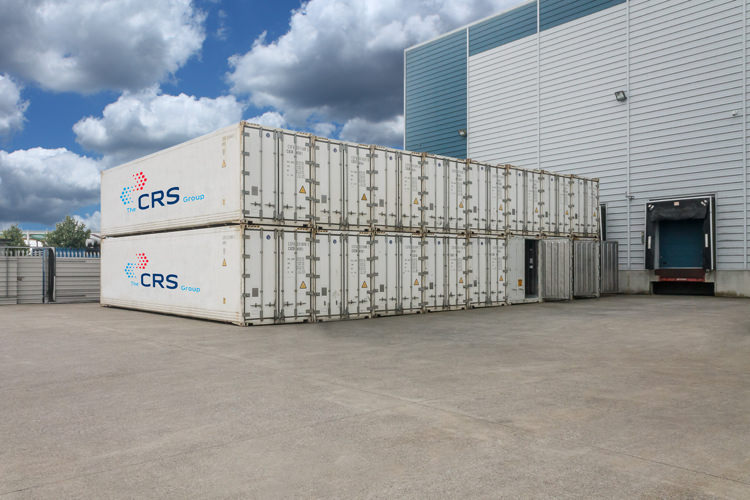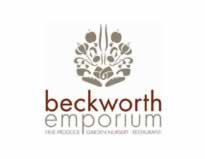With market research predicting an annual compound growth rate of around 9.8% for the commercial refrigeration industry until 2020, we look at why cold storage is continuing to see such remarkable growth and what this means for businesses in 2017.
Understanding the Cold Storage Market Surge
The cold storage market covers a variety of commercial storage areas such as mobile cold stores, chillers and blast freezers. These typically serve businesses in the food and drink industry but also other industries such as pharmaceuticals.
This growth prediction has come from observations of all the above areas, as well as market trends. It’s believed that the main driving force behind the cold storage surge comes from changing consumer habits and global development. Not only has the industry seen a rise in demand for better quality produce, newly emerging markets have also begun to make their mark on the industry.
Thanks to global trading, there is now a huge demand for both fresh and frozen goods across the world. As disposable income increases and consumers demand more exotic and convenient produce, the cold storage industry is set to become an ever more diverse market.
Emerging Markets in the Cold Storage Industry
Large emerging markets are one of the biggest driving forces behind the cold storage surge, with countries that previously had little to no interest in the cold chain now seeking out commercial refrigeration to keep up with a growing demand.
Some of the most influential players in the cold chain and cold storage industry right now are emerging markets such as China and India, although the US still remains one of the biggest markets overall. Despite this, the Latin American region has seen the biggest rise in demand overall for cold units over the past few years, despite a reluctance to trade with other major markets.
The development of quality cold storage facilities in other emerging markets like Russia and Brazil has and continues to play a large role in the diversification of the industry. Over the last two years, warehouse capacity in China has grown by 41%, whilst Mexico saw growth of nearly a third. A continual desire to trade globally is expected to push this growth further.
Although minimal, many European countries have seen a small rise in demand for commercial cold storage, including Germany, who recently saw the largest growth in the European region. Nonetheless, the bulk of demand still comes from the newer emerging markets like Asia-Pacific and is where most expanding businesses are looking to invest in the future.
Why ‘Business as Usual’ is No Longer the Norm
High expenses and a distinct lack of suitable premises are forcing businesses to take on a more forward thinking approach to their work. Those in the food and drink industry are choosing to build upward rather than outward to save costs, and are turning their focus to the newest and best cold store technology. With a demand for better quality produce growing across the globe, opting for the most basic cold storage simply isn’t an option any longer.
Furthermore, we’re starting to see a trend of businesses taking back control of their produce. Rather than outsourcing, more businesses are now choosing to expand their own warehouse space, bringing storage in-house. Not only is this more cost effective for them, it also allows companies to take better control of their frozen and fresh produce.
Going into 2017, the cold chain industry is likely to see an increase in multipurpose facilities which include chilling, drying and blast freezing all taking place under one roof. In turn, demand for commercial blast freezing, cold storage and heated units will surely rise, driving the creation of higher quality storage.
Working Towards an Eco Friendly Future
Whilst there are many factors surrounding the rapid evolution of the cold storage industry, sustainability and conservation are likely to play a large role moving into the New Year. Not only are consumers demanding a more eco-friendly approach to the way their food is produced and stored, businesses in general are adopting this ethos, simply because it’s the right thing to do.
Companies are seeking out higher quality cold storage units in a bid to become ‘zero waste’. Essentially, this means they aim to use as many (or less) resources than they generate comparatively, minimising any negative effects on the environment.
Whilst not every business is at a stage where they can do this right now, as the market becomes more competitive and consequently, more affordable, smaller business will be able to keep up with this growing trend.
Challenges and Setbacks for the Industry
Industry growth is at an all-time high but there are still challenges and setbacks that businesses will have to face in the future. The increasing cost of expansion is particularly problematic for the industry, as many businesses are experiencing an increase in demand that they simply can’t keep up with.
A lack of suitable premises, paired with rising costs is forcing those in the cold chain to come up with more intelligent ways of giving customers and suppliers what they want.
Political instability across the globe is another factor that impacts upon the cold storage market, with businesses reluctant to expand or invest in new chilling and freezing units. With the UK set to leave the EU and the US experiencing one of its most turbulent elections in history, there are worries about how global trading will be effected.
Thankfully, the demand is still out there, meaning that cold storage growth should hold strong, even amongst the uncertainty.
Finally, new waves of regulations concerning food safety and the environment, as well as stricter rules on temperature control can slow business expansion considerably. Quick and easy access to high quality, temperature controlled cold storage is a necessity for businesses who aren’t meeting the standards set by industry regulators. Portable freezers and commercial chiller units that do not require planning permission are one solution to this problem.

The Outlook for 2017 and Beyond
Whilst high costs and instability are likely to cause friction and potentially stop businesses from taking risks, the increase and variation in consumer demand continues to fuel the industry. As the political mist begins to clear, the cold storage industry and more widely, the cold chain, can continue its expansion into emerging markets.
As we move into 2017, design innovation and increased automation will play a much larger role in the cold chain, with businesses looking to run many of their cold storage facilities in-house. Companies are likely to take on a more flexible design approach, making it easier to upgrade cold storage and freezer products when needed.
This is a cost effective solution for companies in the food and drink industry and is beneficial for cold storage suppliers too.
Despite a slowdown in growth and recent political uncertainty, the future of the cold storage industry looks bright going into 2017 and beyond.













